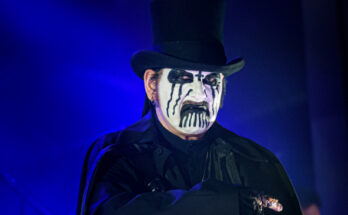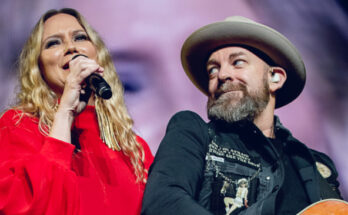Photos by Scott Mayberry – Originally formed in the musically fertile region of Bellingham, Washington, in 1997 as a solo project for singer/guitarist Ben Gibbard, Death Cab for Cutie grew into a huge underground musical sensation that came to define the emo genre in the early 2000s.
Gibbard, an environmental chemistry student at Western Washington University, took the name Death Cab for Cutie from a song by the 1960s rock ensemble the Bonzo Dog Doo Dah Band, after Gibbard had been performing under the moniker All-Time Quarterback. In the mid-1990s he met guitarist and four-track enthusiast Chris Walla at school, and the two bonded over Teenage Fanclub albums. Soon they began writing and recording songs together in their dorm rooms. “Between ’96 and ’97, I wrote eight or nine songs that were suddenly really good,” Gibbard told Spin‘s Andy Greenwald. “I’d had the first major heartbreak of my life–that always helps!” As they continued their academic pursuits, Walla helped Gibbard polish up his songs into a cassette-released album titled You Can Play These Songs With Chords. The cassette became a local favorite in Bellingham and helped to establish Gibbard as a performer and songwriter.
With Walla playing keys and guitar, and fellow Western Washington University friends Nick Harmer on bass and Nathan Good on drums, Death Cab made their official debut. Their album, 1998’s Something About Airplanes, started a buzz in underground music scenes throughout the country. Before the band was set to record their follow up, they encountered their first lineup change. Death Cab’s next album, 2000’s We Have the Facts and We’re Voting Yes, saw the debut of drummer Michael Schorr as the replacement for Nathan Good.
LOMELDA
















